Oak Hill Ranch: A Palette of Creative Restoration
Bob and Marilyn McDowell of Houston were looking for a 100-acre weekend getaway when they found Oak Hill Ranch near Round Top. The 1,000-acre working ranch has been their palette for creative restoration since 2008.
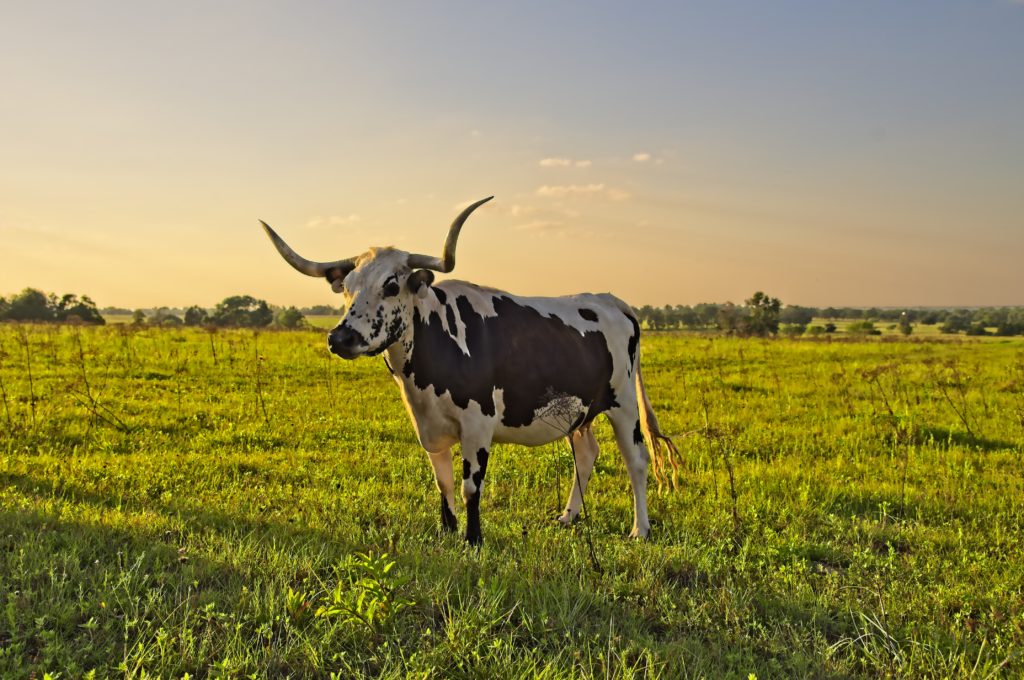
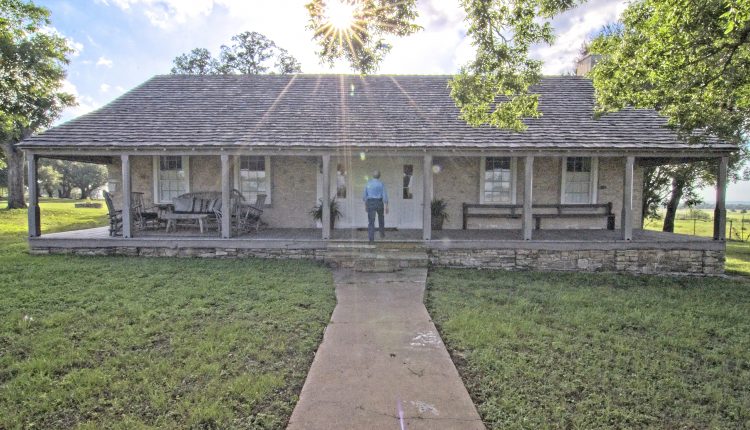
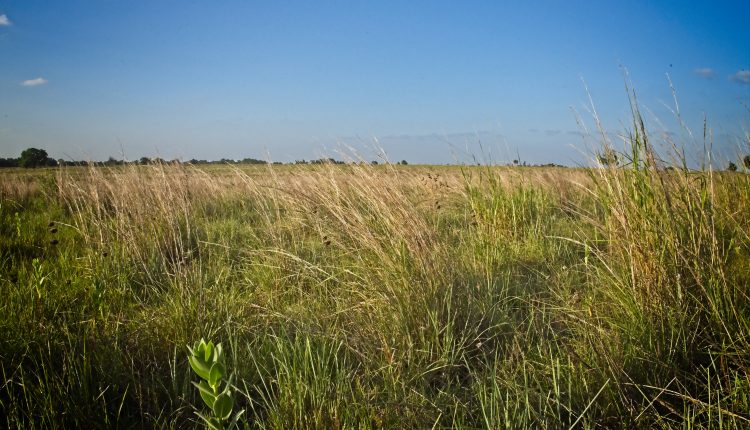
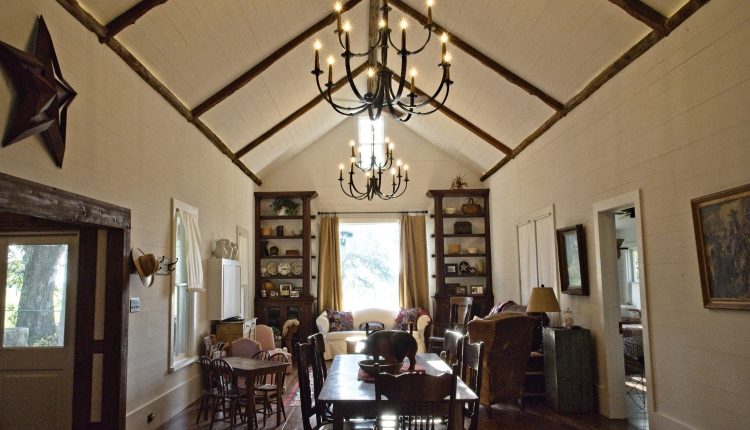
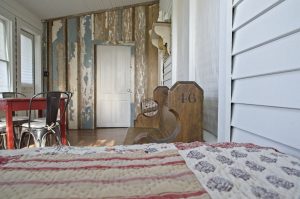
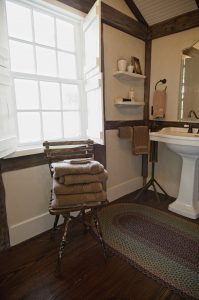 “When I stand in the Heller House and consider what we did, I think Mary—the last Heller to live and pass on the property—would be proud of what we’ve done,” Marilyn said.
“When I stand in the Heller House and consider what we did, I think Mary—the last Heller to live and pass on the property—would be proud of what we’ve done,” Marilyn said.